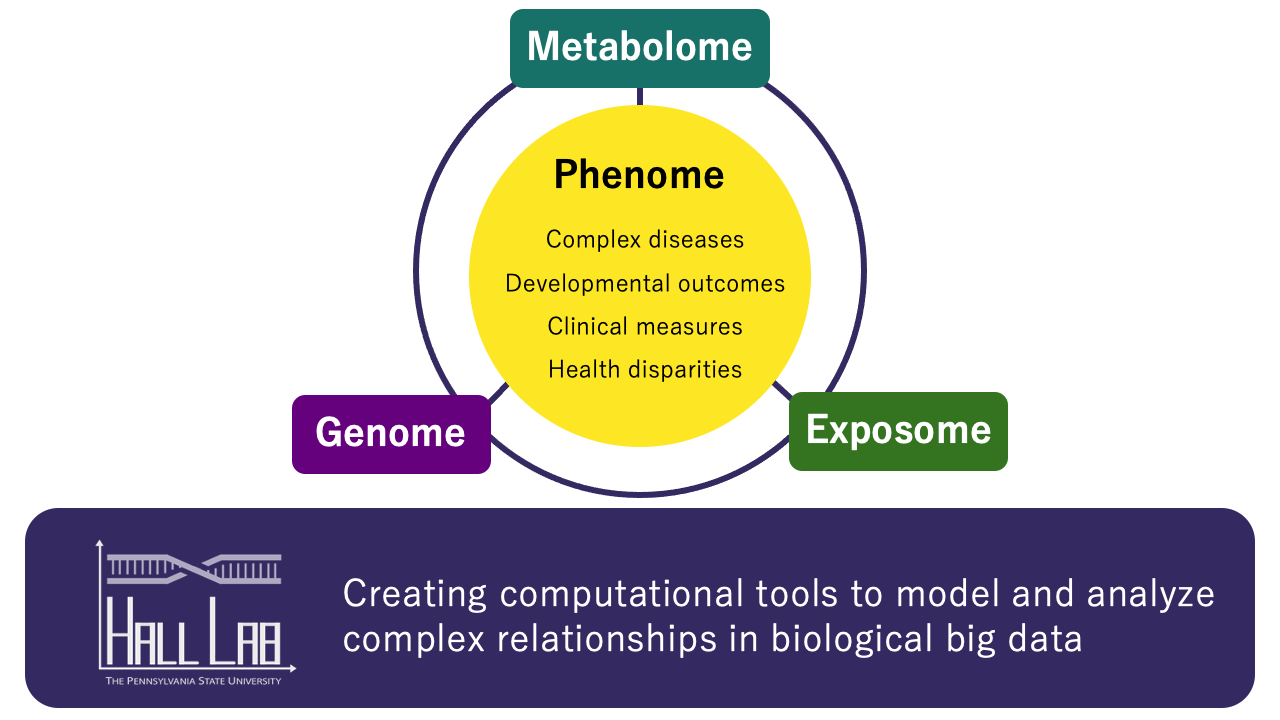
Exposome
There are multiple research opportunities for identifying environmental contributions to disease, from individual environmental exposures to the ‘exposome’: the totality of exposures for each individual over the life course. For some diseases, there are known environmental exposures that contribute to risk, such as smoking or UV exposure in age-related cataracts. However, for many disorders, such as autism, the environmental contribution to disease risk and severity are active areas of exploration. Distinguishing important environmental factors from large numbers of possible exposures is a challenge; however, environment-wide association studies (EWAS) offer a high-throughput solution.
Before the development of EWAS, researchers were restricted to assessing one or a small number of environmental exposures at a time, and these were typically chosen because they had some demonstrated involvement with the chosen trait. Similarly to GWAS, EWAS enabled discovery of novel environment–phenotype associations because the method does not rely on what is known in environmental epidemiology. The relatively recent advent of EWAS has allowed researchers to scan all available environmental measures agnostically and identify multiple, previously undiscovered exposures predicting disease. Ultimately, the goal is that information about environmental complexity is used to guide environmental policies to protect vulnerable populations.
Related Projects:
Genome
In the last several years, Genome-Wide Association Studies (GWAS) have been successful in identifying associations between common variants and common diseases. However, this type of study is not without drawbacks, particularly the problem of missing heritability: most GWAS associations have small effect sizes that can’t fully explain heritability of a particular phenotype. It is important to consider multiple strategies in order to model interactions in a realistic way without being overwhelmed by statistical and computational limits.
Metabolome
Metabolomics is the study of small molecules that act as precursors, intermediates, products of biochemical pathways (downstream of the genome, epigenome, transcriptome, and proteome). Therefore, metabolomics techniques allow assessment of biochemical perturbations at a global level: a metabolomics profile. Through the use of metabolomics technology, which includes mass spectrometry and nuclear magnetic resonance (NMR) spectroscopy, a wide range of metabolites have been elucidated, including those in the following categories: vitamins, food additives, pharmaceuticals, recreational drugs, pollutants, toxins, peptides, lipids, amino acids, nucleic acids, carbohydrates, organic acids, and biogenic amines. Metabolomics is considered to link the genome (and its downstream multi-omic components) and the phenome, and as such, metabolites are often referred to as “intermediate phenotypes.” Metabolomics approaches have been leveraged to identify key biomarkers of numerous health phenotypes, including: coronary artery disease, blood pressure, type 2 diabetes, colon cancer, schizophrenia, posttraumatic stress disorder, and obesity.